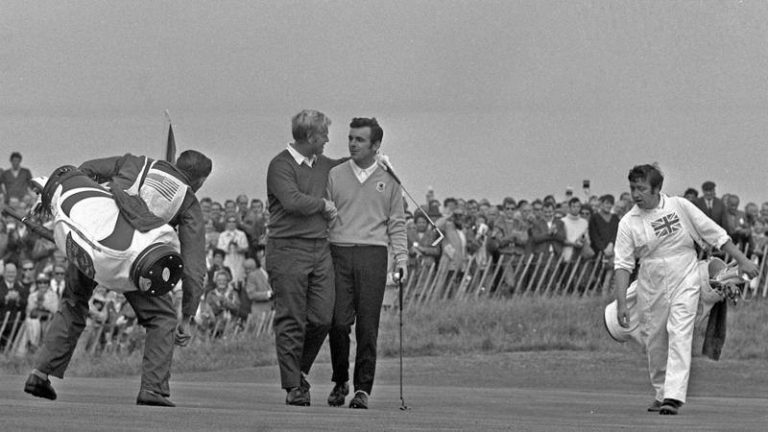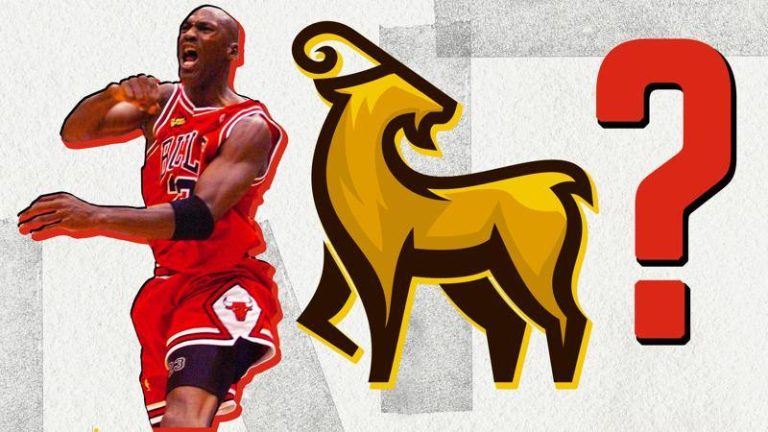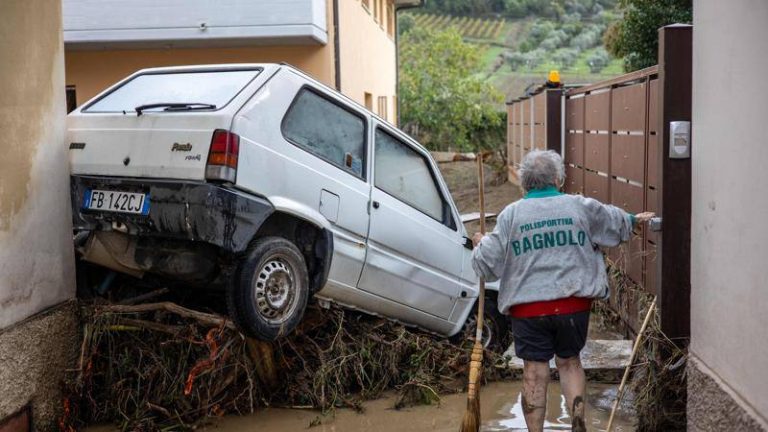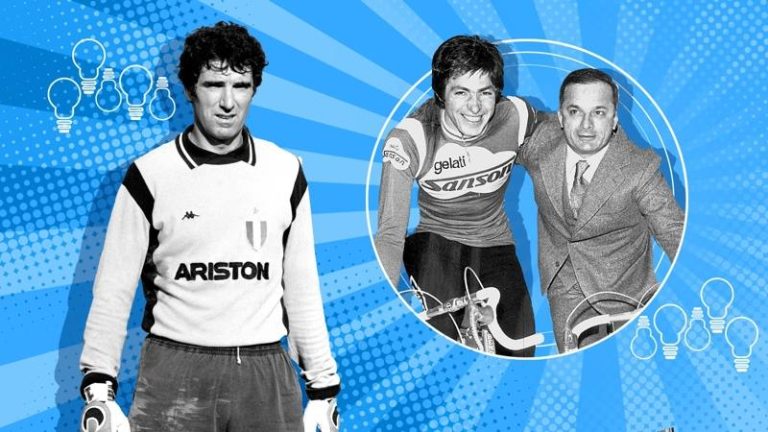The Englishman scored the first equalizer in history in 1969 with a shot from 70 centimeters. And today an award bears the name of the two protagonists at the time
Mr. Ryder Cup, himself, the English player who marked the history of this great challenge. Seven times in a row from 1967 to 1979, when the old continent had no chance (six defeats and a draw). Then he was captain four times (1983-’89) and an epochal turning point for the team, which began a success story with him overseas. With Tony Jacklin at the helm of the team, the Americans took a step back and someone said, “Then these guys on the other side really know how to play.” Some basic steps for the Mr. Ryder Cup. The concession, Royal Birkdale 1969: Jack Nicklaus allowed Jacklin a putt to tie the game, the first tie ever. The two walked off the green and embraced, and today an award (the Nicklaus Jacklin Award) upholds the spirit of the game and the event by rewarding important decisions for sportsmanship, teamwork and performance. In Florida in 1983 they were both captains and opponents, on Sunday they were level with two games to go, then Europe narrowly lost. But she came close, winning (1985, The Belfry) her first Ryder Cup in 28 years. Also repeated away in 1987 (Murfield Village, Ohio). His story (one of the very first to play in America, with an Open and a US Open under his belt), which he told in a book thanks to Covid-enforced boredom (Tony Jacklin: Mr. Ryder Cup Journey, Pegasus Elliot Mackenzie, Amazon €12.11). In Rome he will be on the sidelines all week and will also celebrate the fiftieth anniversary of the victory at the 1973 Italian Open, played between Olgiata and Acquasanta.
“The European team in Rome looks to be very strong, with some young players and some experienced players, but so are the Americans. The really beautiful and fascinating thing about the Ryder Cup is that you have to watch it unfold game by game and until the end no one really knows what can happen. Because it depends on many factors, on a good start, on a favorable momentum that can restart you and create confidence, on the captain’s plans. “Playing match play is so different, you don’t have to protect the score, you can play and take risks.”
Who is the real leader of the European team?
“Ludvig Aberg seems very talented indeed, Tommy Fleetwood brings the experience of that great partnership with Francesco Molinari in Paris, Viktor Hovland had a great season finale in the United States, but the one who really plays a starring role is Rory McIlroy.” There is a lot of talent in the American group and there is Scottie Sheffler as number one, but he is not at his best when it comes to putting. And we know how important it is to face this challenge in order to stun the opponent.
Who is the perfect player in Ryder Cup history?
“Without a doubt Seve Ballesteros. It was the ultimate expression of what is needed in this area. Very mentally strong, extremely competitive, a wonderful example for other players. With me at the helm of the team (1983 – 1985 – 1987 – 1989) he was always part of the team. From the moment he stepped onto the field, I was both the captain and the leader.
Tony Jacklin player in the era of American supremacy. Seven in a row as a team, losing six and drawing one. It must have been frustrating.
“Yes, in the sixties and seventies it wasn’t much fun, there were a lot of games lost, there wasn’t much fun. The Americans were strong. And they traveled in first class or Concorde, they had immaculate uniforms, we had none of that, not even a team room where we could stay together and create that important team spirit. Golf was best in the United States, there was talent, but also more money and more competition, but none of our people played there. In 1979, at the first “European” game, only Spain was represented (by Seve and Antonio Garrido), while fifty nations were represented there.”
When did things change?
“In 1981, the USA won for the 22nd time and the defeat was very difficult. Severiano had won the Masters in 1980 and had never been a European before, but was left off the team because he played too often in the United States. The opposing team included a total of 36 majors. Europe began to feel important in 1983, was on the verge of victory and was successful in 1985. Sandy Lyle, Bernhard Langer, José Maria Olazabal and Ian Woosnam followed in Seve’s footsteps and new trust emerged. Over the last thirty years, the Europeans have developed a real team spirit and a new approach to the game, they want to beat the USA at all costs and believe in it until the end. There is a lot of emotion on the pitch in every moment and every game.”
What do you remember about the entire experience in this field?
“I became a professional 61 years ago. You always play for yourself and what you think throughout your career is me, me, me… then you find yourself in this situation where you have teammates and a captain, so suddenly the team and your country are more important and the pressure is enormous (much) greater than a major), there is no place to hide on the pitch. It is a Roller coaster of emotions.”
The highlight of your Ryder Cup game?
“The 1969 edition at Royal Birkdale. I was undefeated, I had won the Open Championship and it was a great week. I played against Jack Nicklaus, we were at the 17 and I lost 1 down. His ball on the green from eight meters away, mine from twice the distance: I holed that long putt from here to eternity (the most important of my career) and we were equal. On the 18th green he gave me the famous 70 centimeter putt that tied the game and the match (the first Ryder Cup tie ever). For me, who had missed the previous edition, it was a great relief but also a shock. It was a turning point.
It refers to what she will forever be remembered as The concession?
“Yes, in the middle of a real fight, the attention remained on the spirit of the game, on respect for the opponent, who, when you lose, you have to look in the eyes, shake his hand and tell him you played well. “But also about decisions that determine the course of things. That is the meaning of our Nicklaus Jacklin Prize for those who best interpret the spirit of the event.”
Tony Jacklin was captain four times in a row. How did you select the players back then?
“I didn’t have the privilege of selecting the players because there was no captain’s selection back then. I had the best on the money list, but to get to the top you just had to do a lot of races, so not everyone was at the same level; the last three had perhaps never won. So I had to field the best, the big winners, immediately and for the entire race. Seve played every game, the top players had to sleep as much as possible to get to the end. On courses like Marco Simone, it’s physically difficult to keep up at dawn and play 36 holes a day. It was all on my shoulders, I had no vice-captains. Then I asked for carte blanche and presented three captaincy decisions in 1985. That was the first match win in 28 years.”
And the pairings in doubles?
“The Ballesteros-Olazabal duo was incredible, able to decide and win games that seemed lost. When you bring two players together you have to look beyond their playing skills, you have to watch them together, the gestures, the looks… understand if there is chemistry between them. My job was to make them as comfortable as possible because I knew how hard it was to be in that arena. I tried to be a kind of best friend to her. That’s why you can’t be a captain at twenty, you need good life experience. The first time I was 38 and got the call just six months earlier; Before he was around 50-60 years old, he imagined the role to be more like that of a family man. I, on the other hand, still played and was in contact with the boys on the field throughout the year. In the end, this was seen as a plus point.”
September 26, 2023 (modified September 26, 2023 | 11:45)
© ALL RIGHTS RESERVED




